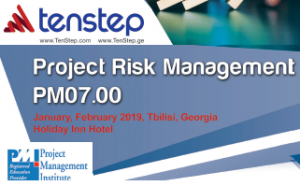Thee “project plan” refers to your schedule, budget and all the other project management deliverables that you use to manage your project. Whether you’re managing small, medium or large projects, you need to keep your project plan up-to-date on a regular basis. We recommend you update your Project Plan on a weekly basis.
It takes discipline to make sure all the project management processes and deliverables are up-to-date. But, on the other hand, if you do this work weekly it will not be so time-consuming.
Step 1: Update the schedule
The first step taken when updating your Project Plan is to identify the state of the currently assigned work. This may be captured through a combination of time reporting and weekly team status updates. Use this information to update the schedule. Each week the schedule should represent current reality of the project. Each week you should also validate that the schedule includes all the work required to get from today though the end of the project.
Step 2: Update financial status
On a weekly (or perhaps monthly) basis you can reconcile all of the expenditures of the project and compare to the work completed. You also need to understand the work remaining and the cost of the remaining work. This will help you get your hands around how your project is progressing against the budget.
Step 3: Update all tracking logs
In addition to schedule and budget the project manager should have a number of other logs that are used to manage the project. These include the risk log, issue log and scope change logs. These tracking logs should all be up-to-date to make sure you are on top of areas that could impact your project.
Step 4. Determine if any other project management artifacts need to be updated
There may be other documents that are used to provide guidance for managing the project. These are usually created during planning. They may need to be updated as the project progresses. Examples of those planning documents include:
- Communications Management Plan
- Stakeholder Management Plan
- Risk Management Plan
- Resource Management Plan
- etc.
These documents are not needed for all projects but if you created them as a part of planning, you should also review them from time to time to make sure they still provide the best guidance. If not update the plans, and update your project management processes accordingly.
[divider_line]
Are your projects less than successful? Contact us today to discuss implementing solid project management practices in your organization.

